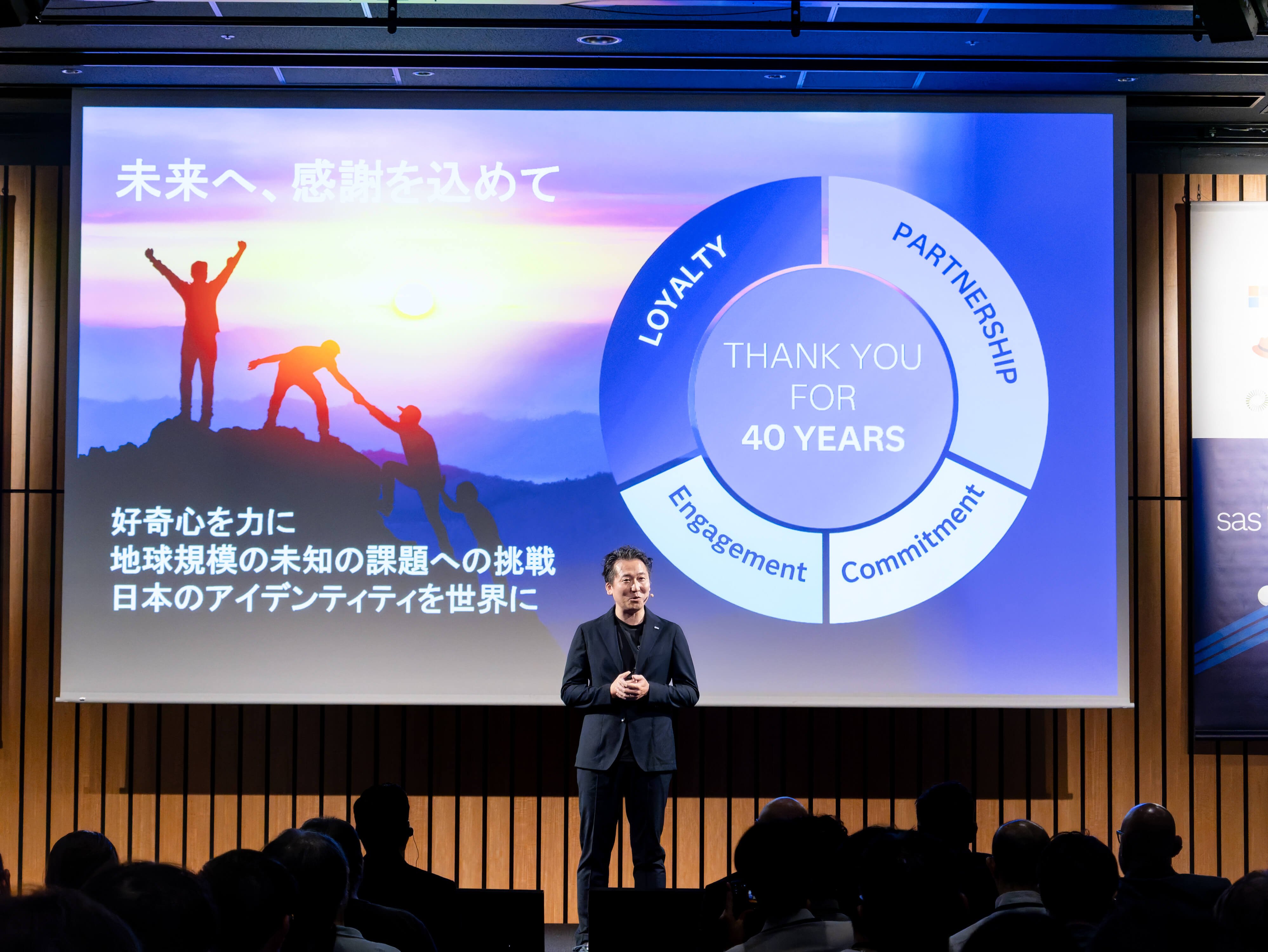 If I ask my wife to sit down and watch a game of baseball on TV, I feel like I’ve asked her to watch water boil. “Pointless and boring” is how she usually responds. But to me, baseball is the greatest sport on earth. My wife may just see a person on the pitching mound and a batter 60.5 feet away trying to hit the ball – but l see much more.
If I ask my wife to sit down and watch a game of baseball on TV, I feel like I’ve asked her to watch water boil. “Pointless and boring” is how she usually responds. But to me, baseball is the greatest sport on earth. My wife may just see a person on the pitching mound and a batter 60.5 feet away trying to hit the ball – but l see much more.
Baseball is the ultimate game of strategy, where everything that happens is based on predictions. Each time a batter comes up to the plate he evaluates current events to predict the type of pitch that’s coming. He considers how many outs are left, the pitcher’s strengths and weaknesses, the score, how many balls and strikes there are, and more. On the other side, the pitcher does the same thing when he decides whether to throw a fast ball, curve ball, slider or anything else in his arsenal of pitches.
At its core, baseball is about evaluating a litany of information to make decisions. Players never go at it blindly.
Baseball, business and event stream processing – common ground
Baseball has a lot in common with successful organizations. Whether they’re trying to cut back on fraud or using wearable technology to improve preventive health care and outcomes, successful organizations today must have the systems and resources in place to be able to predict what’s next. For a growing number of organizations, this includes event stream processing. While it’s not new to the market, event stream processing has grown exponentially as more and more organizations look for better ways to come to grips with the vast amounts of data available to them from a variety of sources, like sensor and IoT data.
Much like a batter who assess all the game’s events to predict what’s next, event stream processing ensures that organizations never go at it blind when making decisions. Event stream processing works by helping organizations understand events while they’re in motion (i.e., event streams). Instead of the traditional “stream, store and score” model, queries are stored and data is streamed through the queries, providing continuous updates as new events arrive. The data is analyzed continuously as it’s received, close to the source, updating situational intelligence as new events take place. Value that would otherwise be lost through information lag is captured immediately.
Some industry examples of how streaming data is used
There are many ways to use streaming data across industries, and multiple use cases (as this blog points out):
- For intellectual property. Businesses can prevent threats by analyzing multiple – seemingly unrelated – events in a corporate network, correlating them to their source and destination.
- In the marketplace. Businesses can increase acceptance and/or conversion rates for offers, pricing decisions and sales by analyzing real-time customer behavior.
- In manufacturing. Analysis of streaming data from equipment can help businesses predict and prepare for unplanned downtime and avoid costly production interruptions.
- On the highway. Fleet managers can use streaming data from vehicles to optimize gas mileage, signal timely repairs in advance of breakdowns and improve occupant safety.
- In a hospital. Streaming data could reveal that although each vital sign or equipment reading is below an alarm threshold, the cumulative effect of elevated readings across multiple components – in just the right combination – signals failure. With this information in hand, health care workers can act faster to decrease critical infection rates, speed response times to emerging conditions, and save lives.
These are just a few of the benefits made possible by using event stream processing in your business. And to keep you ahead of the game, we’re looking to the next season for event stream processing.
To support organizations that depend on accurate, current data to make decisions from events as they occur, we’re releasing SAS Event Stream Processing Version 4.3 – with a focus on openness, moving analytics to the edge and ease of use. The new version of the software supports Kafka and Python, and includes new model windows for scoring, training and learning. Notably, SAS Event Stream Processing is the key technology that enables edge analytics. We've shrunk the SAS Event Stream Processing engine so it can run in smaller environments, such as network gateways, routers and automobiles. With these enhancements, organizations can gain insights and develop models faster than ever before, while moving processing to the edge of the network.
In baseball, the difference between a home run and a strikeout can be measured in centimeters. In business, timely decisions are often measured in seconds. If your organization is looking to get deeper insights, faster than ever before, take a look at how SAS Event Stream Processing can help you step up your game.
Download – Channeling Streaming Data for Competitive Advantage





1 Comment
Thanks for this blog post, Todd. Baseball is not an analogy that I would have thought of relative to event stream processing, but it makes sense:-)
SAS Event Stream Processing 4.3, coming out in May, should have been versioned 5.1 given all the new functionality in it. There are 7 new windows types: geofencing, text topic, score, train, calculate, model manager, model reader. So we can train in SAS Event Stream Processing or in CAS and score in Event Stream Processing. Our major focus for this release and moving forward was packaging world-class SAS Analytics and learning models with event streaming.